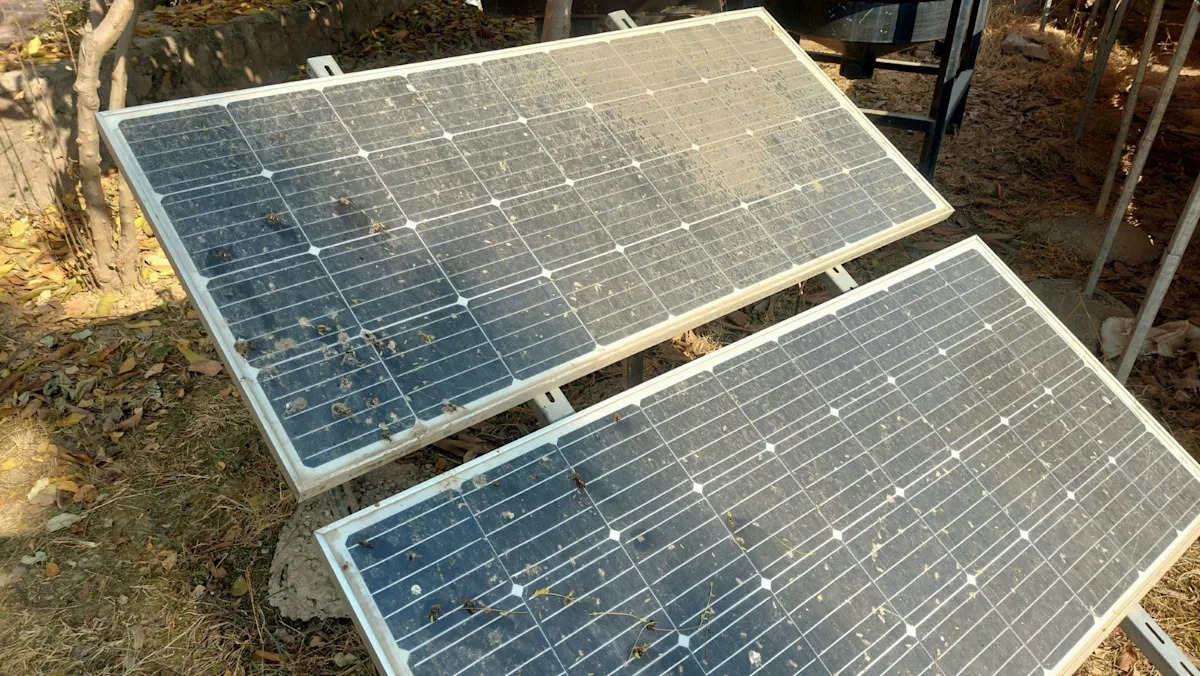Thirty is the new 20.
Well, at least maybe in the solar panel world. That’s because a study of six, three-decade-old arrays in Switzerland found them to still be working well, retaining more than 80% of their initial power. The results were reported by Chemistry World, a Royal Society of Chemistry publication.
“This … really shows that photovoltaics can last … and it’s an important message to the photovoltaic industry,” lead researcher Ebrar Özkalay, from the University of Applied Sciences and Arts of Southern Switzerland, said in the story.
The study provided valuable insight into panel durability in extreme conditions, considering temperature, climate, and even mounting. Material quality was highlighted as a key reason for the longevity, according to CW.
Solar panels are one of the best energy hacks at home, reducing and sometimes eliminating utility bills. EnergySage can help you find the right kind of system, compare quotes, and even hire an expert installer.
Panels typically have a 25- to 30-year life expectancy. But the Swiss study is evidence that well-built panels can provide energy savings for even longer. The systems analyzed were installed between 1987 and 1993. They include residential and commercial setups in a variety of places. Panels at lower altitudes degraded more than others, likely due to higher equipment surface temperatures.
“The bill of materials — everything that goes into a panel — has a great influence on performance, even when made by the same company,” U.S. National Renewable Energy Laboratory solar expert Dirk Jordan told CW.
The latest solar innovations make it possible for panels to be installed in amazing places, including balconies, underneath train tracks, and on infrastructure.
Increased use in a variety of settings helps to offset dirty fuels burned to make electricity. The burning of nonrenewables results in heat-trapping air pollution that’s a problem for almost everyone on Earth, according to the World Health Organization. It’s a detriment to human lungs and minds.
For homeowners, EnergySage’s handy mapping tool compares quotes and incentives by state. All the advice can save you up to $10,000, if you buy a system before the 30% federal tax rebates expire at the end of the year.
The incentives are being sunset early as part of policy changes. Credits for other cleaner-energy tech, including heat pumps, are also expiring. Mitsubishi can help you navigate the HVAC upgrade process, and the right unit can cut your electricity use for heating by up to 75%, according to the Department of Energy.
The Swiss-based experts are excited about what they are finding from early suncatchers that are still making loads of cleaner electricity, and the data collected can help design better models.
“We can learn from these old panels to make future ones last, hopefully, as long,” Jordan told CW.
Join our free newsletter for weekly updates on the latest innovations improving our lives and shaping our future, and don’t miss this cool list of easy ways to help yourself while helping the planet.

